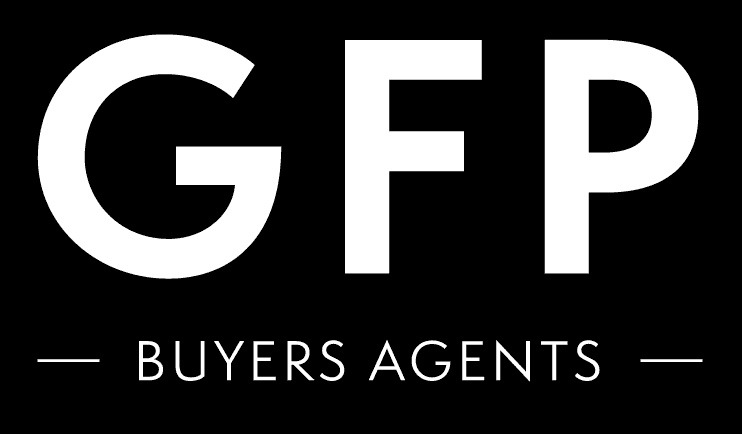There’s nothing more frustrating than turning up to a property auction and the very first bid is above your budget is there?
Your dream of owning your next home in a desirable part of Sydney’s, like Balmain, Stanmore or Annandale , is over before it really even began!
The auction takes off as you stand there with an unused paddle in your hand, lamenting about what could have been if only you hadn’t relied on the original price guide.
Competitive markets
This scenario is a common one with property buyers in Sydney, and especially in the Inner West, with many of home buyer clients coming to see me after the frustration of going it alone without a modicum of success.
Their fear of missing out is real, but they also don’t want to wind up paying through the nose for a property because their emotions got the better of them.
One of the major reasons why they are continually missing out is because they are looking at the wrong properties that were always going to sell well over their budgets.
Their over-reliance on auction prices guides as a lead indicator of what a property will actually sell for has been a waste of time and money, plus they are stressed and emotionally drained. In the industry, we call this buyer fatigue.
In a rising or a competitive market like Sydney always is, time is money, and this wasted time can end of costing buyers’ tens of thousands of dollars in lost opportunities.
In Sydney, it’s clear that auction price guides are a key driver of this frustrating issue.
Let’s play out a common scenario to illustrate this in action.
Say an Inner West property buyer has a budget of $1 million to spend so they inspect a property with a $1 million auction price guide.
They quickly fall in love with the property and then spend money and time doing appropriate research and due diligence.
The selling agent throughout auction campaign says that the “buyer feedback is in-line with the guide” so their hopes of success are high.
They excitedly attend the auction with plans to buy the property at the fall of the hammer but then the first bid is called and it’s $1 million… at the maximum end of their budget already.
They do the right (and sensible) thing and keep their paddle down as they tearfully watch the property finally sell for $1.225 million – a price they could never had afforded.
Deflated they go home, wondering what the heck just happened.
Well, there a number of reasons why they were unlikely to be the successful bidder on the day.
Low price points
The first thing to remember is that’s selling agents work exclusively for the vendor or seller and not the buyer.
This means that the agent’s objective is to maximise interest in the property and deliver as many registered bidders to the auction floor as possible.
That’s because the higher the number of registered bidders, the greater amount of competition, and the higher the potential sale price.
There is a common saying in the industry, “quote it low, watch it go, quote it high, watch it die” but I’m not accusing anyone of under-quoting here.
Rather, sales agents will often set the auction price guide at the lowest end of the scale that they can justify with relevant sales, which results in price guides that are very often set below where the final sell price will land.
Not only are guides set low agents will usually only quote the lower end of the 10 per cent price range that has been set with the vendor.
For example, if the range on the agency agreement is $900,000 to $990,000, the agent will usually only communicate the $900,000 figure as a guide rather than the full range.
In competitive marketplaces, most properties will sell for well over the top end of this 10 per cent range.
In fact, an A-Grade property trading in a hot market may end up selling by as much as 30 per cent over the communicated price guide.
Price guide rules
The NSW Department of Fair Trading has stated that an agent doesn’t have to provide an auction price guide.
In this instance, the agent may state they will “gather feedback from the buyer pool” and use this as a price guide.
The only issue here is that buyers will rarely provide accurate feedback because they want to keep their cards close to their chest.
Therefore, they often provide a much lower number than what they are willing to pay, which can cause the same issues as a published price guide.
In my experience, some agents quote lower than others, and with a bit of experience in a local area, you can definitely spot the trends from agent to agent.
So, what can you do about it? Well, being educated about it is a very good start!
The key is to not rely on Sydney auction price guides or price feedback provided by agents during a sales campaign.
This means that buyers must do their own research and determine where the value lies for them. Plus, always remember that the old saying, “If it seems too be good to be true it usually is!”
It’s also vital to only consider very recent sales results that are truly comparable, which are difficult for the everyday buyer to access, but are available to professional buyers’ agents via our strong local agent networks as well as high-level data sources.




